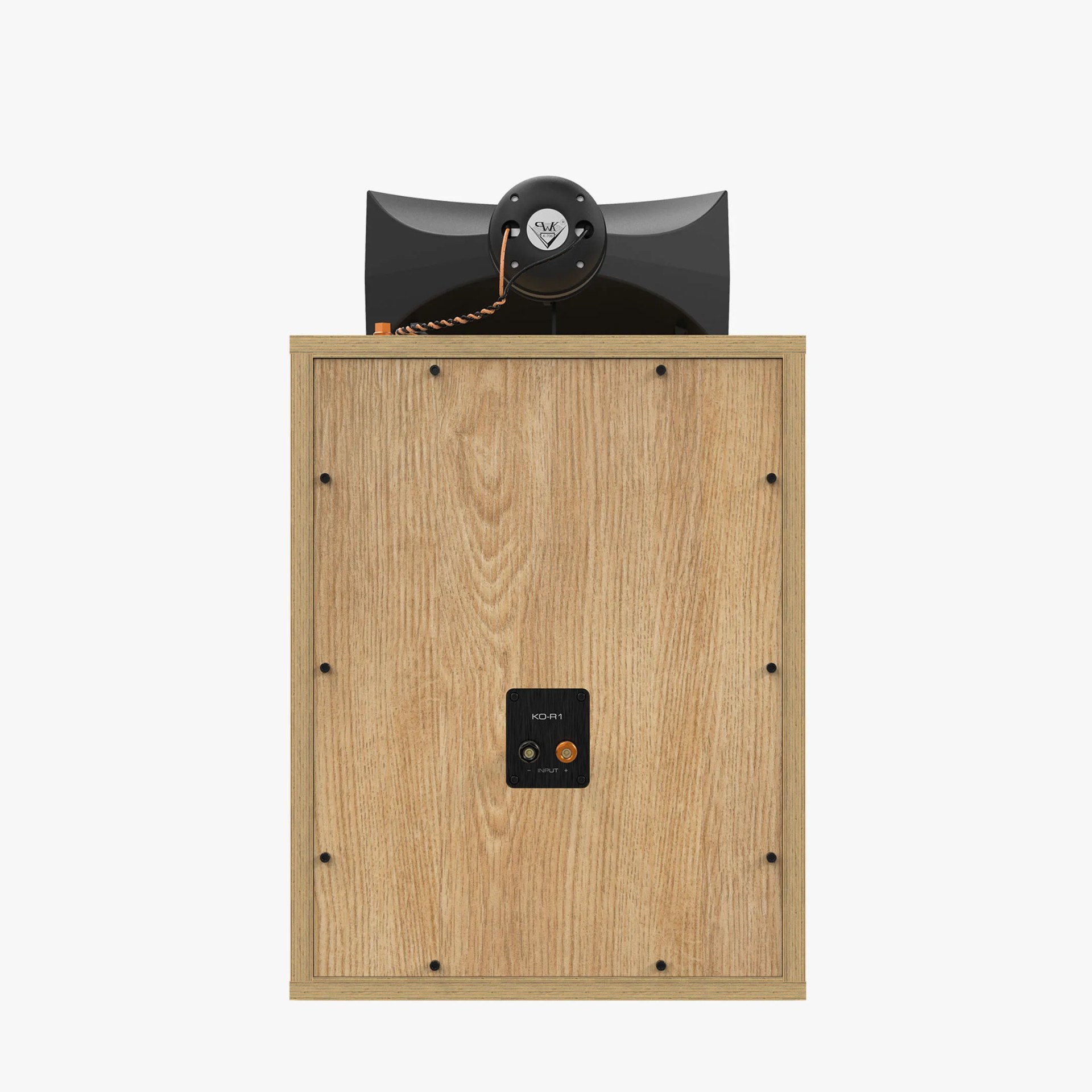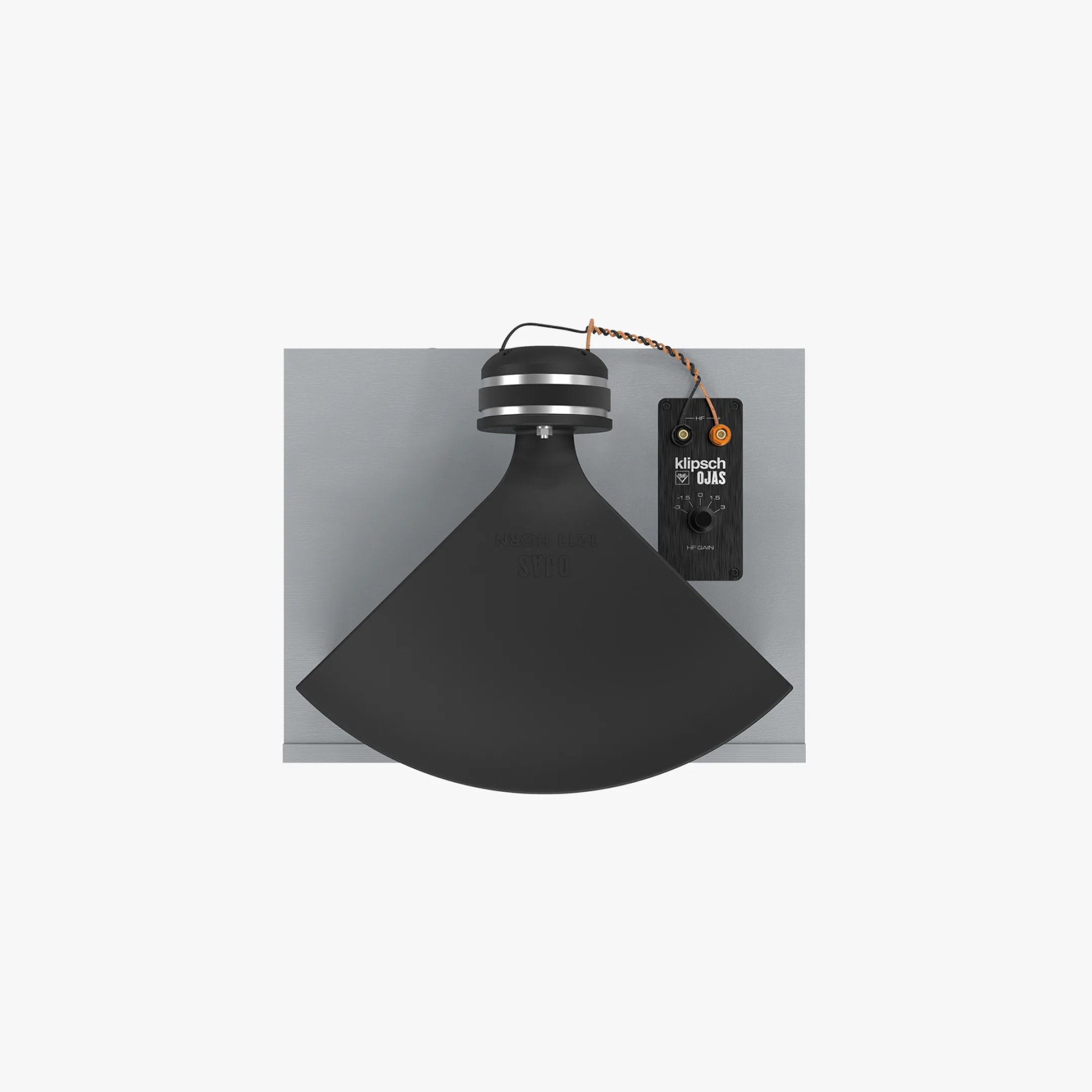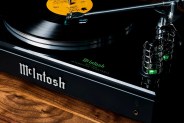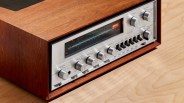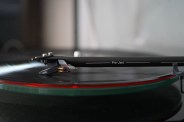Klipsch isn’t exactly known for new speakers. Its most famous model, the Klipschorn, was patented in 1946 and remains in production nearly 80 years later, with only minor modifications since that fateful debut.
So when the heritage hi-fi manufacturer does do something different, like team up with Devon Turnball of Ojas, whose highly coveted audio gear is in Supreme boutiques as well as Mark Ronson’s living room, you stop and listen.

Meet the kO-R1 — a collaborative, two-way loudspeaker from Klipsch and Ojas that builds off the platform of another iconic Klipsch model, the Heresy, but goes in its own direction in both aesthetics and sound.
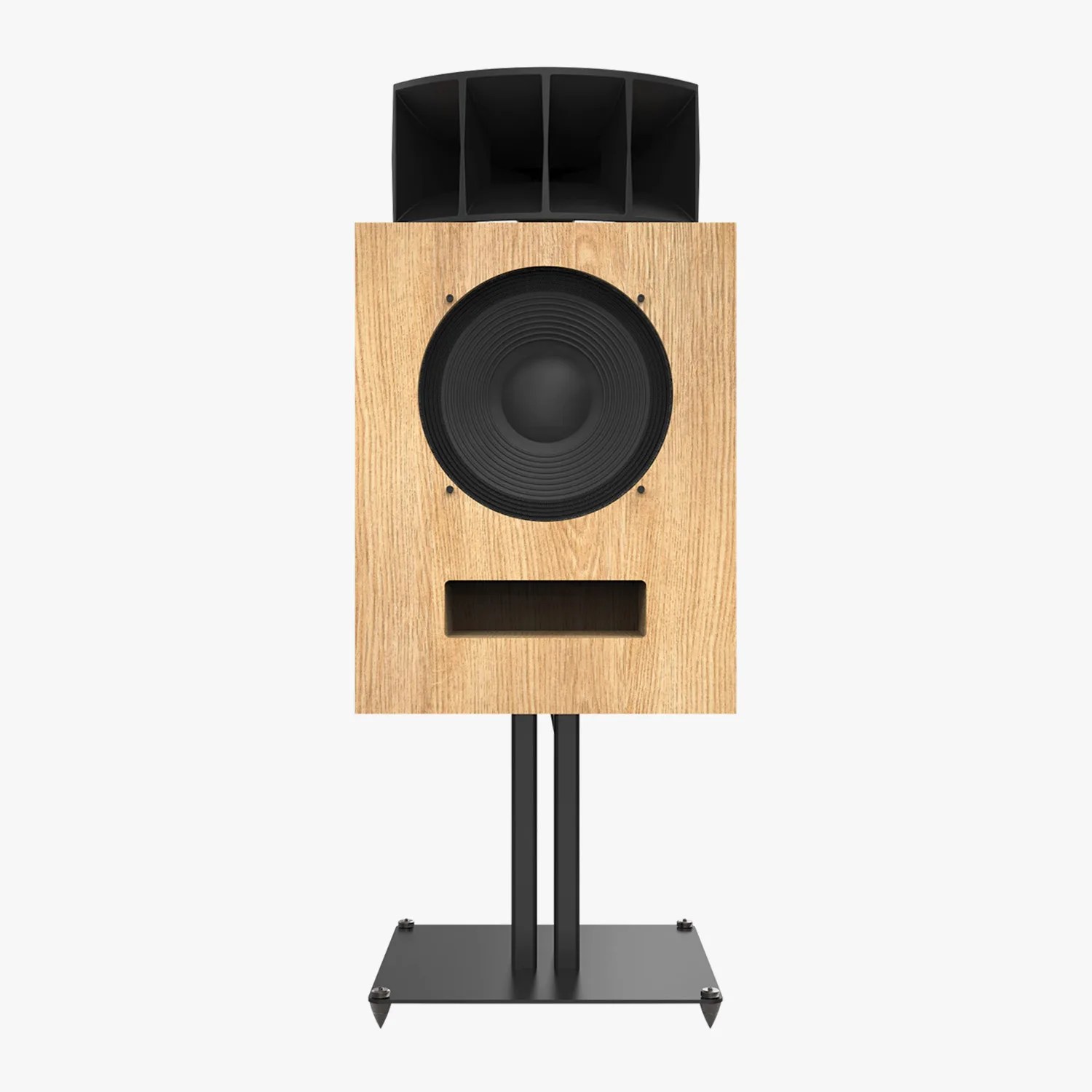 Klipsch
KlipschGP100 Winner
Klipsch x Ojas kO-R1 Loudspeaker
Klipsch x Ojas kO-R1
According to Turnball, the COO of Klipsch’s parent company, Premium Audio Co., reached out to the self-proclaimed “DIYer” on Instagram to kick off the project.
“I think if I had approached Klipsch, it would have been an unlikely project,” Turnball said at a recent launch event in New York City. “Luckily, it just happened in the reverse direction.”

